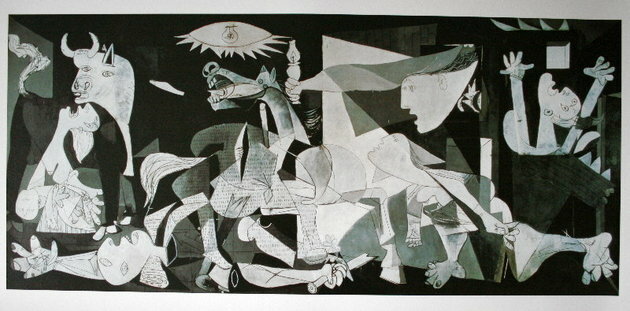The color structure is divided into physical and psychological structure. The physical structure is subdivided into hue, which is what differs one color from another; luminosity, which is the component that causes changes in colors between light and dark; saturation, which produces various nuances according to the purity and intensity of the color.
The psychological structure reports the unconscious sensation that color brings to man. The temperature gives the feeling that a certain color is hot, cold or warm. Successive contrast brings the sensation of color modification when viewed together. Dimension brings the sensation that color approaches, distances. Weight and size gives the feeling that dark colors are smaller and heavier than light colors. In flavor, the warm colors stimulate the appetite.
Do not stop now... There's more after the advertising ;)
In a survey conducted with 236 people from Asia, Africa and Europe, it was found that women perceive colors more than men. The pigments responsible for color absorption, called opsins, are present on the X chromosome. The woman has two X's while the man has only one, and this makes the woman have two copies of opsins.
By Gabriela Cabral
Brazil School Team
Art - Brazil School
Would you like to reference this text in a school or academic work? Look:
SCHOOL, Team Brazil. "The structure of colors"; Brazil School. Available in: https://brasilescola.uol.com.br/artes/estrutura-das-cores.htm. Accessed on June 28, 2021.



